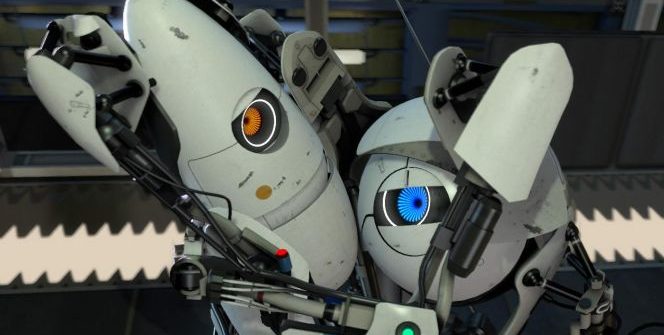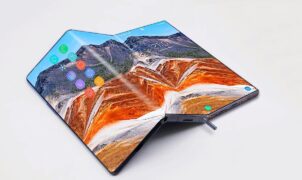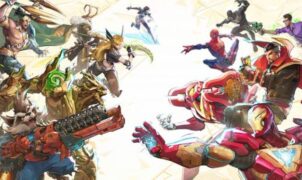Portal VR is out of the question and Gabe Newell’s path to Half-Life: Alyx wasn’t entirely straight either.
Robin Walker, a programmer and designer at Valve, told VG247 how they got to the point where they started working on the new Half-Life: „This is in a period where we’re pretty much done with The Lab. And so we’ve just spent pretty much a year building stuff in VR, we’ve got the things we’ve learned there. When we got to looking at our various IPs and asking ourselves which one of these would work well in VR, it was pretty easy to cross things off the list very quickly. We felt like it didn’t make a lot of sense to do anything in multiplayer yet, the audience size isn’t there. The whole point of using an existing IP is to bring with you a bunch of work that you get to build off, instead of having to start fresh. So we looked at things like Portal, which is usually people’s first guess for what would work well in VR, and it was ours too, but as soon as we started looking at what to bring forward from Portal into VR, actually, most of Portal’s later levels all rely on the momentum being maintained as you go through portals.
A lot of them are built around that concept. We felt like that would be something that was a lot harder… There were some experiments done and some thinking done around, ‘What if you were independently controlling something through portals’, or stuff like that, but the game was getting so far away that we felt like we were losing,” Walker said.
This is when they began testing Half-Life: „In the end, Half-Life was the one that worked best. There’s a set of things that are very much core components of Half-Life. The original Half-Life was built by looking at what was going on in the shooter space at the time and thinking about how there seemed to be an opportunity to do a little more than just [fighting].
Half-Life and Half-Life 2, when we look back at those there’s a set of things we think of as the Half-Life DNA – a set of parts of that experience, in addition to combat. Things like puzzle solving and not just explicit puzzles, but navigational puzzles – you may need to find items or you may need to solve something using physics. Then there’s exploration – you’ll be in an area and you need to figure out how to get out and where to go, which often leads into a puzzle or a piece of combat or something. We use a term internally called vistas, which means some sort of visual reward, narrative reward, all this sort of stuff. So Half-Life has all these pieces that we think of as the DNA and the experience you go through is a crafted one where we’re pulling and combining those pieces. So when we started looking at VR, one of the things we found when we put people into VR spaces in Half-Life.
We found that a lot of those pieces of the DNA were improved by that transition into VR. People explored a lot more and people interacted with a lot more fidelity than they’d been able to in the past. People were more careful in their movement through the world and paid more attention to everything. In the end, it was sort of really obvious. By the time we’d built a 15-minute prototype – well, we built it thinking it would be about 15 minutes because it’d take 15 minutes to play through in Half-Life 2 – but people would spend 45 minutes playing through it and then really want to talk about all the other things we should be doing. It was easy to recruit internally because you’d show them the prototype and people would see it and see how they could help it and want to join,” he added.
So Half-Life: Alyx wasn’t an idea out of nowhere: before that, Valve tried to put Portal in virtual reality, which indeed probably wouldn’t have worked. This also applies to Counter-Strike and Team Fortress. Half-Life: Alyx, however, seems to work, and if it becomes a game with decent sales, the virtual reality platforms could take a significant step towards becoming mainstream.
Source: VG247
Please support our page theGeek.games on Patreon, so we can continue to write you the latest gaming, movie and tech news and reviews as an independent magazine.
Become a Patron!
















Leave a Reply